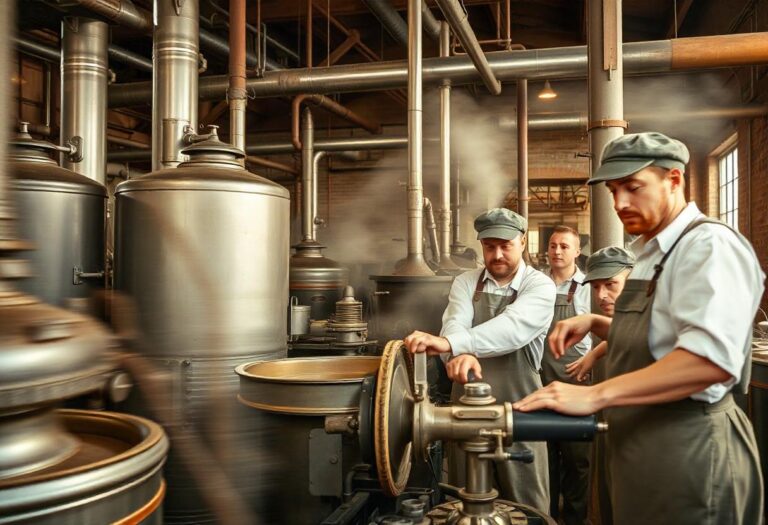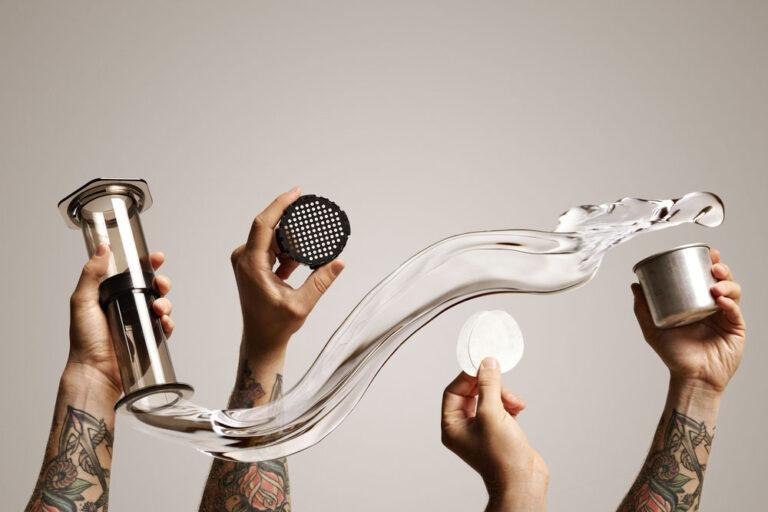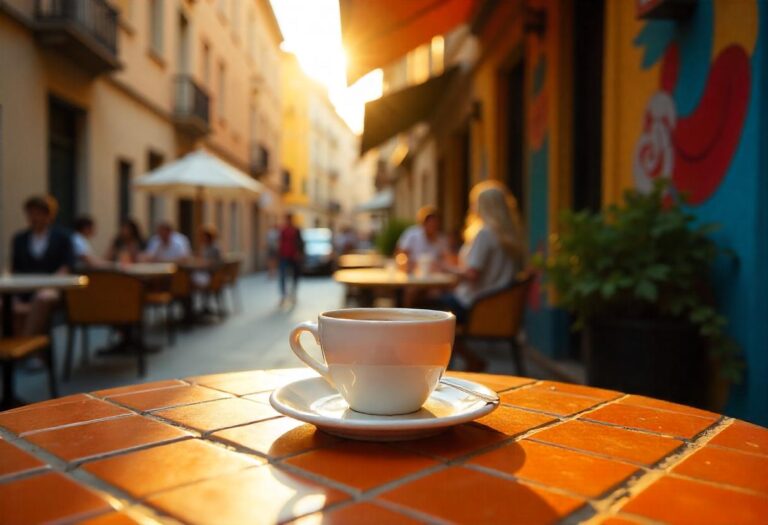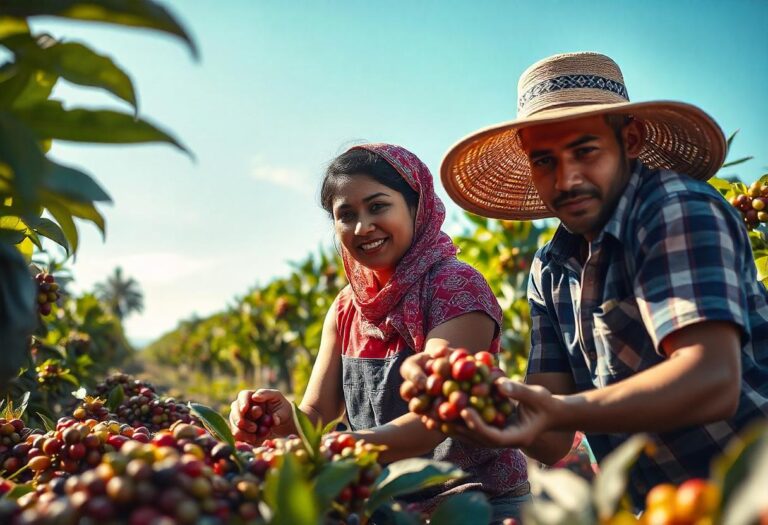The Energy Giving Coffee Plant
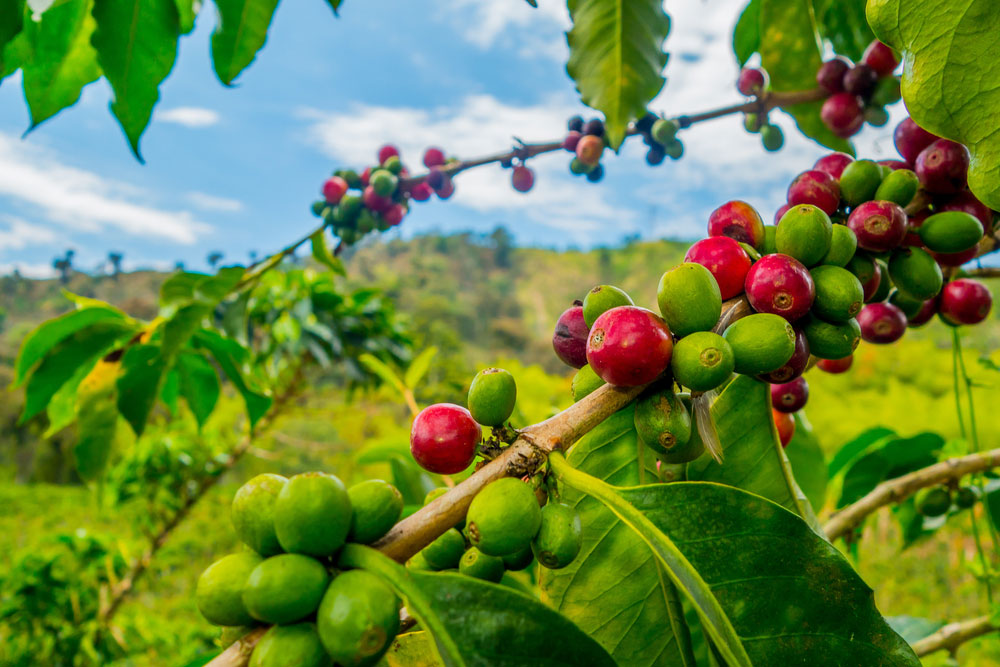
If you’re a fan of that dark, rich, highly caffeinated liquid that runs most people’s mornings, you may find yourself curious about the source of this wonderful coffee. We tend to think of roasters and brewers when we think origin of coffee. We tend to just think of coffee as a drink, and forget where all of that amazing energy-giving liquid starts out: the coffee plant.
The Coffee Plant
Coffea is the scientific name for the plants that produce what we ultimately consume as drinking coffee. The coffee plant, or coffee tree, is a small tree or shrub that grows in any of the following regions of the world.
- The Caribbean
- Central America
- South America
- Yemen
- India
- Viet Nam
- Madagascar
- Indonesia
- East Africa
- West Africa
These plants bear fruit, which are the coffee cherry, and those fruit bear seeds, which are what we call the coffee bean. Most of us never get to see coffee as anything but beans or a steaming cup of Joe, so it’s easy to forget that the bean is, in fact, not actually a bean at all.
The Coffee Cherry
If you really want to know your coffee well, you should get to know the coffee cherry. This fruit develops like many others. A flower buds and blooms, and eventually is pushed out by the fruit that develops. The coffee cherry, which, by the way is not actually a cherry, is a fruit that actually has two seeds inside. These two seeds are the coffee seeds, or coffee beans, as we know them.
Coffee cherries have multiple layers that help to protect its precious seed. The exocarp, or outermost skin, is hard and bitter, while the mesocarp, or fruit of the cherry, is very sweet and has a texture similar to that of a grape. You can eat this fruit, and many actually believe this to be one of the up-and-coming super foods. They’re packed with more antioxidants than blueberries.
The third layer of the coffee cherry is known as the parenchyma, which is a sticky layer that helps protect those precious beans. Next is the endocarp, which is a thin, parchment-like layer that covers the final membrane surrounding the coffee seeds. That final layer is called the silver skin or spermoderm.
All of those layers protect the precious seeds inside the coffee cherry, and mean that we can make a great cup of Java.
When coffee cherries are harvested, they have to be processed right away. This process may be the dry method, wherein the cherries are kept in the sun and stirred regularly for seven to ten days until the outer layers become dry and brittle. This is the easier and cheaper method of processing.
The other method is wet processing, which means that the outer layers of the coffee cherry are removed within 24 hours of the fruit being harvested. The cherries are put into a machine that cleans away the outer layers. Then the beans are fermented for several hours, which loosens the middle layers, and finally the beans are dried in the sun after the middle layers are cleared away.
The Coffee Beans
Of course, once coffee cherries are processed, and all those lovely protective layers have been peeled away, we have the coffee beans.
Coffee beans themselves are seeds, as we’ve mentioned, which is why they’re so heavily protected by the fruit that the coffee plant bears. Without that protection, the coffee seeds would be carried off and eaten out of existence by creatures looking for an energy boost or that satisfactory buzz that a load of caffeine gives.
Consider Growing Your Own Coffee
While growing your own coffee will never give exactly the same taste as that coffee from Ethiopia or Guatemala, you may enjoy the experience and adventure of making your own cup from start to finish. A few tips we’ve found for growing coffee include the following.
- Find a location with dappled or spotty light. This is ideal for coffee plants.
- Give your plant lots of water. Coffee plants need lots of water and humidity. You may consider creating a greenhouse for your coffee tree. You can find easy-to-build instructions online for building a simple greenhouse.
- Your coffee plant wants soil with peat, and great drainage.
- You’ll need a weak liquid fertilizer to feed your coffee plant.
Be sure to look for a comprehensive guide on growing coffee, and choose your species carefully, based upon your capabilities and environment.
For the Truest Coffee Experience
Whether you’re going to do every stage of coffee preparation, from growing your own to that final step of brewing it, knowing more about coffee plants can help your drinking enjoyment. Read up on different species and types, and you may discover a whole new reason to drink.

